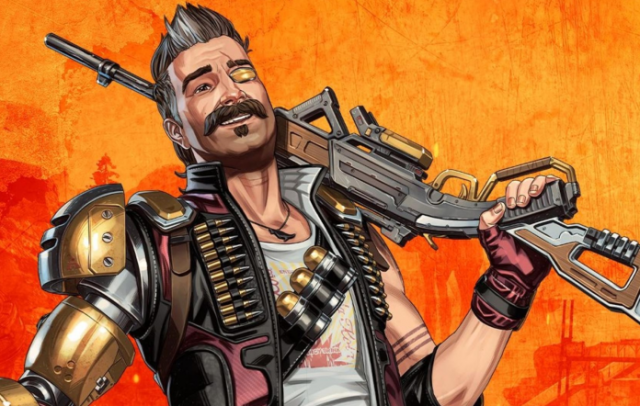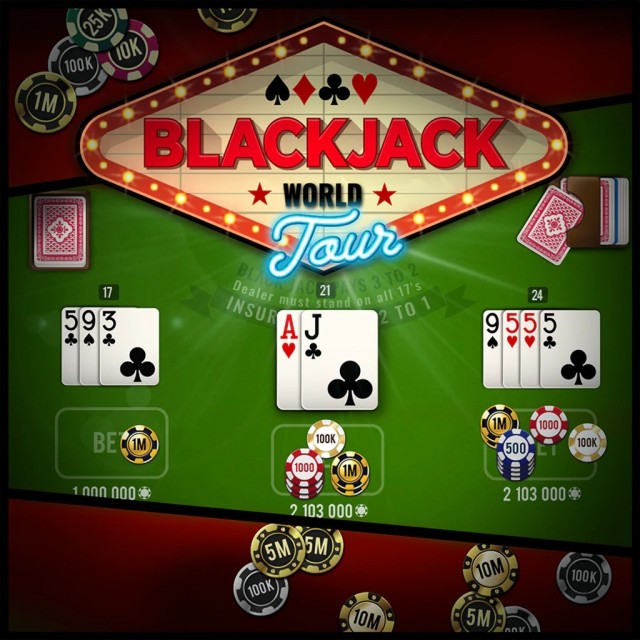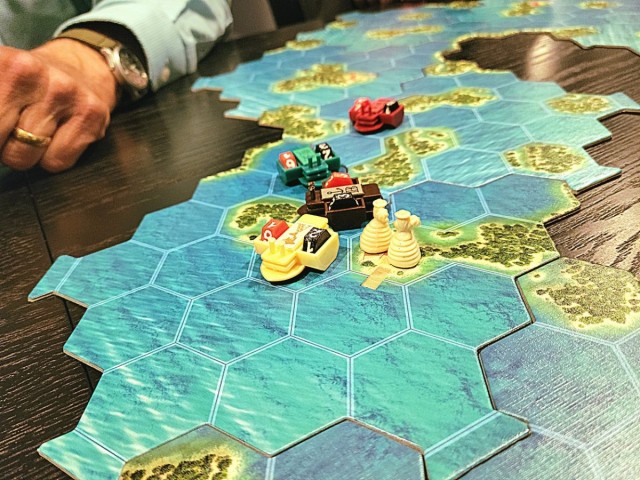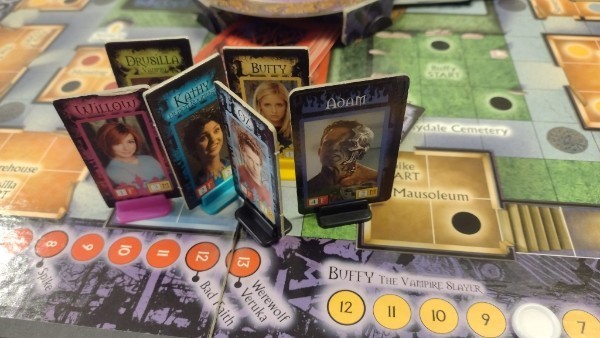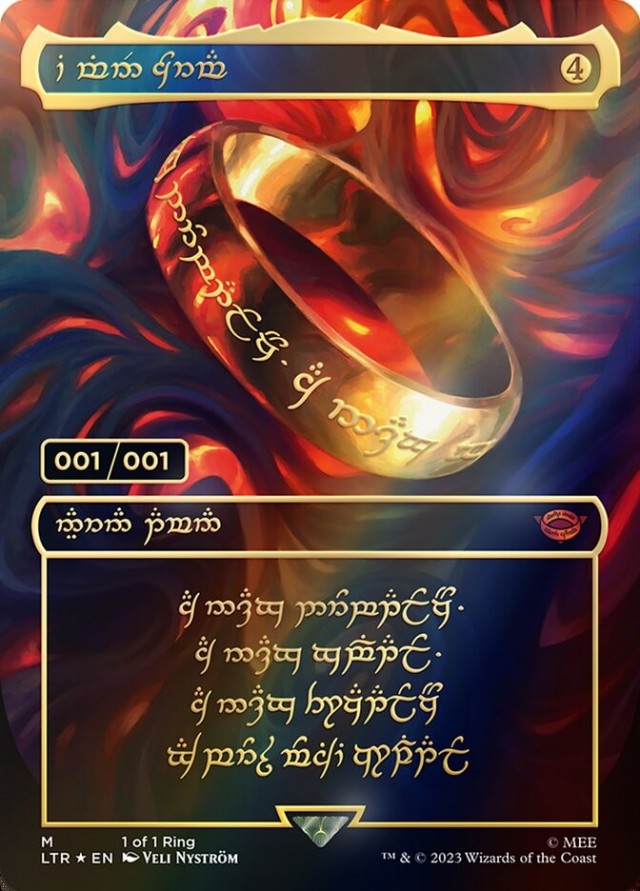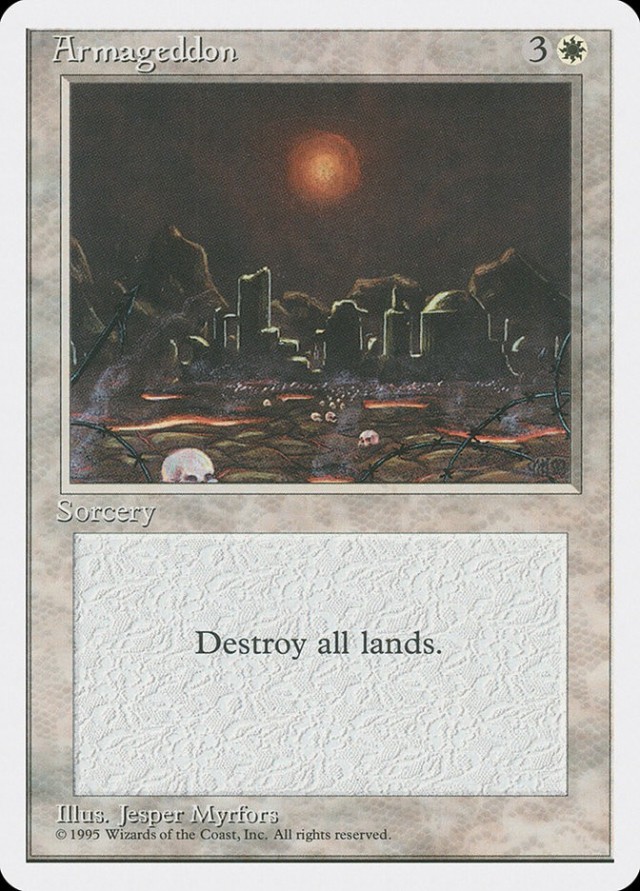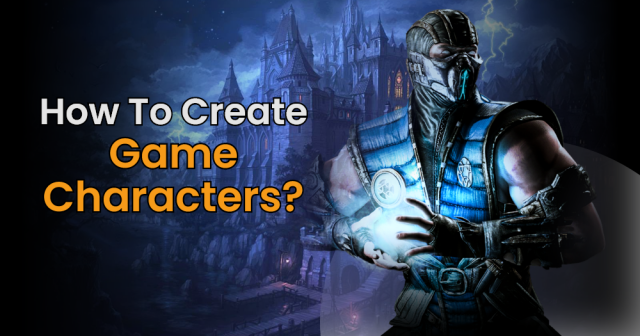Le Feu Sacre is one of the many products running off the Too Fat Lardies' presses in the last few years. In general their miniature battle rule designs are focussed on recreating the interesting challenges of warfare in particular era rather than providing balanced competition games. This means scenarios rather than points based army lists and command and control rather than troop types and armour specifications. To a historical gamer like me that is a huge plus.
The game is played at the corps level, with the main units being divisions although individual battalions are represented. Corps and divisional commanders, as well as the occasional detached brigadier, have a tactical ability (gifted, solid, poor) and character, with bold and cautious added to the mix.
Each division needs an order. An attack specifies an enemy formation or terrain objective to be attacked. This means that the troops generally have to move closer to the objective each turn and engage in firefight or charge at the earliest opportunity. A manoeuvre order allows more leeway in terms of movement, but only allows troops to engage when threatened or to support other divisions. The hold order requires the division to stay put and also limits its ability to attack.
The first change from the old fashioned rule sets is that units enter the table on 'blinds'. This means that the opponent doesn't know which units are where until he has 'spotted' the blinds. This becomes easier as the blinds get nearer and are in open rather than close terrain or behind other troops. Blinds can be in three formations: marching columns, half deployed and fully deployed. Marching column blinds move much faster, but when spotted the units start packed closely together and hardly able to defend themselves. The fully deployed blinds allow players to set up the units in a wider area and ready for battle. Of course there is the possibility of dummy blinds.
The traditional Igo-ugo and move-fire-melee-morale structures of the turn have been replaced by a card drawing system where each division has a card. When the unit's card is drawn, all its actions are resolved. Some cards are added to represent (grand) tactical characteristics of certain armies. The French armies in their heyday have a special card that allows the commander to move a division before its own card comes up, thus offering more opportunities. A card for bold commanders forces them to move before their own card comes up. A 'recon' card allows the blind of a light cavalry division or brigade to take an extra turn. This increases its speed and adds an extra opportunity to spot enemy blinds.
A division's turn consists of the commander rolling for PIPs (intervention points), one spotting attempt, bombardment and then all other actions. A gifted commander can score more PIPs than a poor one. One PIP may see a whole brigade execute the same order, or several PIPs may be used to have one unit execute a number of complicated manoeuvres. PIPs are also used to rally troops.
Small arms fire has been figured into the larger equation. Artillery and rifles can bombard enemy units. No figures are removed for casualties, so this requires some book keeping (we use small dice). In case of hits, the enemy is forced to take a morale test immediately.
Charges are still quite a complicated affair, but at least they are resolved straight away and counter charges and intercepts are dealt with at the same time. This means that no book keeping is required of charging units over the rest of the turn.
Similarly to small arms fire, the casualties of melee are not diced for, but come as the result of outcome of the total combat. That is, the winner and loser of the combat receive a set number of casualties. This also saves time compared to more traditional rule sets. Better still, combat involving multiple units on each side is still resolved with one die roll. This also speeds up melee considerably.
A final advantage of these rules is that they haven't fallen for the trap that British troops in line are unconquerable. A charge by several battalions in column will take out a line unless it is well supported. In this way good and historical tactics are rewarded.
So, there is a lot to like about these rules, and they seem to be an improvement on most rule sets available today. However, the game is still a bit too slow for my liking. Of course we only played a first game, with a lot of troops in a cramped space. This all slowed it down. And admittedly, the game shifts the time from rolling for casualties to matters of command an control, a preferable shift in my book.
For a session report of last Saturday's battle, see here
 Games
Games How to resolve AdBlock issue?
How to resolve AdBlock issue? 